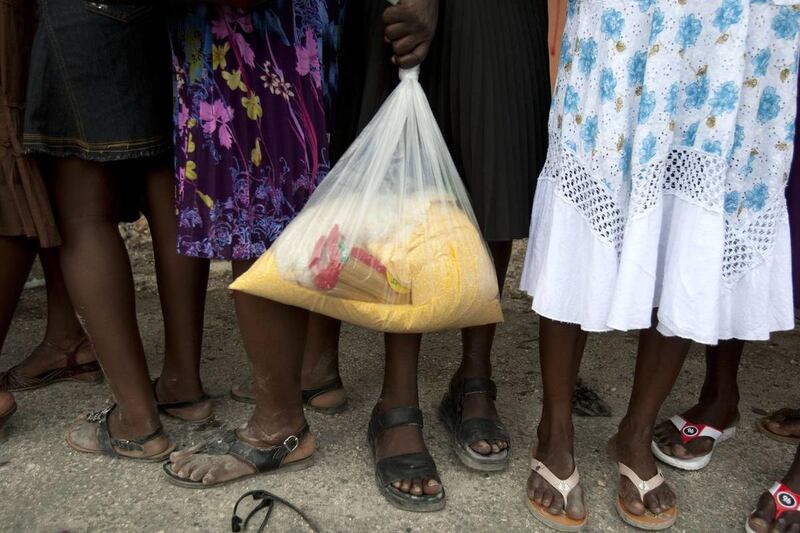A series from Lancet on under-nutrition released this week found that while under-nutrition has dropped worldwide, it accounts for more than 3 million deaths each year, and an estimated 165 million children are stunted developmentally from poor nutrition.
As part of a run-up to the G8 summit in Northern Ireland this month, the Lancet released a series of 12 articles examining worldwide under-nutrition and possible solutions.
Maternal and child under-nutrition leads to a whole host of health and economic problems, including preterm and low birth weight babies, cognitive deficits, stunted development and death. The prevalence of stunting in young children in poor and middle-income countries was 26 percent in 2011.
"Fighting under-nutrition is an economic imperative as well as a moral one. Five years ago the Lancet brought new attention to the 1,000 days from conception to a child’s second birthday — poor nutrition in this period can lead to cognitive and physical problems that last for life. The accompanying drop in productivity saps a country’s economic growth by more than 8 percent," wrote C.H. at The Economist.
Recommendations include "universal salt iodization; the promotion of early and exclusive breastfeeding; micronutrient supplementation for all pregnant women; calcium supplements for pregnant women who need them; food supplements for pregnant women who need them; vitamin A supplements for children between six months and five years old; zinc supplements for children between one and five years old; education about appropriate complementary feeding, backed by supplements where needed; proper management of moderate acute malnutrition; and proper management of severe acute malnutrition," according to the summary.
IRIN news reports that if the package achieved 90 percent coverage in the 34 most malnourished countries, "it could save nearly a million lives a year at a cost of $9.6 billion."
"The lead author of the paper on interventions, Zulfiqar Bhutta, of Pakistan’s Aga Khan University, said, 'We believe that these 10 nutrition-specific interventions have the potential to save lives. The cost is affordable for a world which spends close to a hundred times more than this on conflict.’ ”
EMAIL: kbennion@deseretnews.com, TWITTER: katebennion


